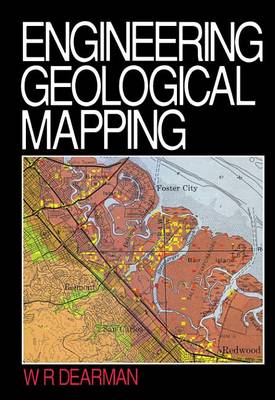Biotechnology by Open Learning
1 total work
Engineering and environmental geology mapping is concerned with representing the uppermost few tens of metres, exceptionally more, of the diverse rocks and soils comprising the Earth's surface in a manner that can be easily understood by geologists and non-geological specialists, such as planners. Ease of interpretation of three-dimensional reality from a two-dimensional map or plan is paramount if the maps are to be used to best advantage. Having established the basic principles of engineering geological mapping, guidance is given on how to make such maps and what to put on them. Two aspects are of particular importance. One is the description of earth materials in terms that convey likely engineering properties and behaviour; national and international standards have been developed for this purpose. The other is aiding or simplifying the interpretation of the map; the stripe method and the more general zoning method departing from the conventional geological approach to mapping, show how this can be done. The principles are illustrated by examples at small scale, terrain evaluation at medium scales, and urban geology and construction sites at the largest scales.
Environmental aspects include hazard and risk assessment, and land and water management. Computer aided mapping provides and exciting prospect for the future.
Environmental aspects include hazard and risk assessment, and land and water management. Computer aided mapping provides and exciting prospect for the future.
